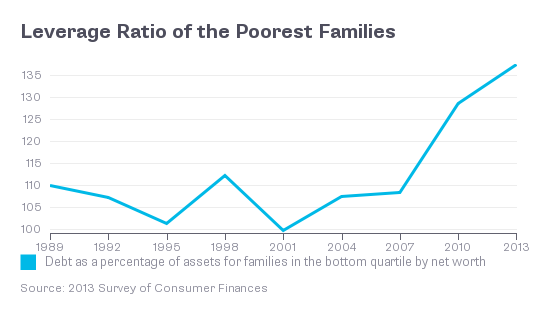 Yesterday’s exuberant equity market reaction has been largely defined by the mainstream media as driven by WSJ Hilsenrath’s ‘confirmation’ that Yellen will keep the uber-dovish phrase “considerable time” in the FOMC statement today. So, we wonder, why did the Fed-whisperer, after markets had closed last night, issue a quasi-retraction of his prediction explaining that instead of some prohetical “I just know” statement, it was a “best guess,” as he concluded, “will the Fed take these steps? Only the people in the room know that. The rest of us will see Wednesday afternoon.” It appears the sell-side disagrees with him on the language…
Yesterday’s exuberant equity market reaction has been largely defined by the mainstream media as driven by WSJ Hilsenrath’s ‘confirmation’ that Yellen will keep the uber-dovish phrase “considerable time” in the FOMC statement today. So, we wonder, why did the Fed-whisperer, after markets had closed last night, issue a quasi-retraction of his prediction explaining that instead of some prohetical “I just know” statement, it was a “best guess,” as he concluded, “will the Fed take these steps? Only the people in the room know that. The rest of us will see Wednesday afternoon.” It appears the sell-side disagrees with him on the language…
Via WSJ,
In a webcast Tuesday, I explained why I thought the Federal Reserve would stick with, but qualify, an important phrase in its policy statement Wednesday which assures near-zero interest rates for a ‘considerable time.’ This was simply my best analysis of where I think the Fed is going based on what we have been reporting and what officials have said in the past. …
Here’s my analysis: Janet Yellen is a methodical individual and the Fed, in normal times, is a slow-moving institution. It takes time for debates to play out. Ms. Yellen is seeking consensus, as we reported earlier this week. The considerable time debate doesn’t feel ripened or fully aired. When Ms. Yellen has used the phrase in recent months she has qualified it, but not suggested changing it. Meantime the Fed has other business on its plate. The exit plan has been in the works for months, as has the plan to end bond buying. Changing the ‘considerable time’ guidance now, while also announcing an exit plan, could be viewed by market participants as a surprising move toward raising rates.
This post was published at Zero Hedge on 09/17/2014.
 Despite lagging mortgage applications and home sales, homebuilder sentiment surged for the 4th month in a row to 59 (against expectations of 56) to its highest since November 2005. Prospective Buyer Traffic (hope) soared to 47. The South region rose dramatically as Midwest fell. The disconnect between hard data in the housing market and soft survey guesses by the homebuilders grows ever wider…
Despite lagging mortgage applications and home sales, homebuilder sentiment surged for the 4th month in a row to 59 (against expectations of 56) to its highest since November 2005. Prospective Buyer Traffic (hope) soared to 47. The South region rose dramatically as Midwest fell. The disconnect between hard data in the housing market and soft survey guesses by the homebuilders grows ever wider…



















 Follow on Twitter
Follow on Twitter
Recent Comments